The Survivors: The Incredible Comeback of Elephant Seals
April 14, 2017
Did you know that elephant seals are able to hold their breaths for as long as two and a half hours while the record for a human holding his breath is only 22 minutes? Not only that, but they can dive as deep as a mile and a half, in comparison to the record depth of a human at just 702 feet (0.133 miles). Despite the intriguing uniqueness of this species, many are unaware of this incredible creature that visits our California coastlines. Just a short hour-long drive from Foothill College, Elephant seals come to the Año Nuevo State Park during their breeding and malting seasons. Just a couple of weeks ago, I visited the Año Nuevo reserve after seeing an article about Elephant Seals on National Geographic and hearing about the reserve from my professor in class. In addition to the breath-taking scenic drive on Highway 1, the experience of spending time near the seals is unforgettable. With my group’s tour guide, we managed to get just a couple feet away from the seals. It was amusing to see how the seals interacted with each other and learn about their interpersonal dynamics. Some pups ran around their mothers and some were more laid back and didn’t move much other than to adjust themselves to be more comfortable or to scratch with their fins. During the walk, when I got too close to a seal the seal made a strong noise probably signalling to me to step back from its territory, I found it entertaining and learned that getting too close to the seals isn’t the best idea. After my visit, I was left in awe and appreciation for these amazing creatures yet felt deep sense of sorrow for what might the future hold ahead.
Elephant Seals, or “the survivors”, as my tour guide Darcy called them, were once only a mere 20 seals away from extinction. During the 1800s and 1900s, Elephant Seals were aggressively sought after for their blubber, which produced 200 gallons of oil per seal. Fortunately, due to protection from the Mexican Government followed by the U.S. Marine Mammal Protection Act in 1972, they were able to reestablish themselves from that bottleneck population. Today, there are over 200,000 of them. Because they do not eat or drink water during their breeding season, they have unique ways in which they conserve water and food. For example, their kidney can produce concentrated urine to conserve water. Their extravagant diving skills are owed to their ability of storing blood in their oxygen and having a heart-beat of an incredibly slow 4 beats per minute. Furthermore, massive fights between the males determine who is the most dominant, where violence and scarring are assured outcomes Lastly, a fun fact is that the baby seals are called “wieners”. Sometimes, they steal milk from other mothers, and become so big they are called “super wieners.”
Apart from all this fascinating information, one odd fact my tour guide mentioned did not leave my mind. This year was the first year in which 4 female seals ventured as far as Japan. Now, you might think, “What’s so special about a migration to Japan?”. Elephant Seals have to go to the same place every year to find food. However, they have never needed to go as far as Japan. During their long migration, most elephant seals normally travel a maximum distance of about 2,020 miles from Año Nuevo. This year some swam more than 1,500 miles farther, almost reaching Japan. Patrick Robinson, a lead elephant seal researcher for UC Santa Cruz stated, “We had two of them crossing the international date line last year, and we’re not sure why.” Robinson, among other researchers, believe that population increases or warming ocean temperatures might be pushing these elephant seals to forage farther out in the ocean. Rachel Holster, a PhD student researching the foraging patterns of elephant seals at Long Marine Lab in Santa Cruz, thinks the seals are traveling farther because of “The Blob”, or warm water in the Pacific that began as a patch in the Gulf of Alaska in late 2013. In an article in The Mercury News she claims, “The Blob reduced the amount of nutrients in the surface ocean, so chlorophyll levels were low in 2014 and presumably in 2015 as well. The impacts of this could be slowly climbing up the food chain. If you remove part of the base of the food chain, then you essentially reduce these elephant seals’ food sources, which would cause them to look farther afield.” Another explanation is last year’s winter El Niño, a weather phenomenon that causes surface temperatures along the equator in the eastern Pacific to increase. Another researcher, Burney Le Boeuf, published a study in 2006 that showed the impact of the 1997-98 El Niño on northern elephant seal foraging behavior. The researchers confirmed that the El Niño that rainy season caused females to spend a longer time trying to find prey.
In my opinion, there is too much evidence to ignore the fact the something horrible is happening to our climate. With the rising ocean acidification and climate change trend whole ecosystems are in jeopardy, especially the ecosystems present in the ocean. According to a recent study published in the Journal of Mammalogy, it appears that female elephant seal survival and reproduction could become much more difficult in higher ocean temperatures. According to the study, female elephant seals are spending more time searching for prey than actively feeding. Since the adult seals do not eat for months when they come ashore, only the fat they stored during their hunting season serves stays with them. A harder time finding food for these seals directly results in a threat to their future survival. Based on the trends, it looks like the fast and drastic change happening to the earth’s climate will cause elephant seals to go extinct once again.
Despite the amazing way that Elephant Seals made their way out of extinction, it is unclear how long that success will last. Unfortunately, this is what made my visit to see them that much more special; being able to experience and see this species thrive and be alive among the rest of the living creatures who occupy this planet brought me joy. Visiting the seals brings awareness to other creatures we share this planet with. It’s important to preserve the seals because they play a major role in the ocean’s ecosystem as well as the biodiversity they bring. I highly recommend to take advantage of the fact these elephant seals are so close and to go out to our beautiful coast. You will not be disappointed after seeing the amazing seals, which might not be here in the future. Booking are available on http://www.parks.ca.gov/?page_id=523 for $7 from Dec.15 to March 31. This tour is quite popular, so be sure to book in advance!
All pictures taken by Tal Faintuch.





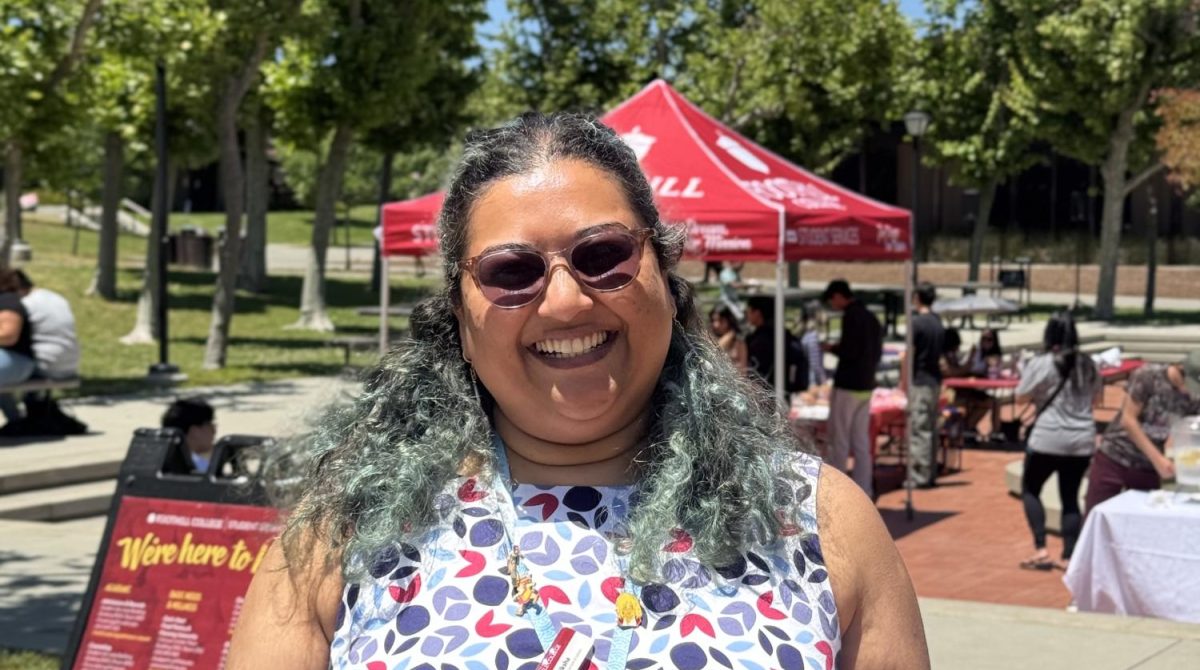







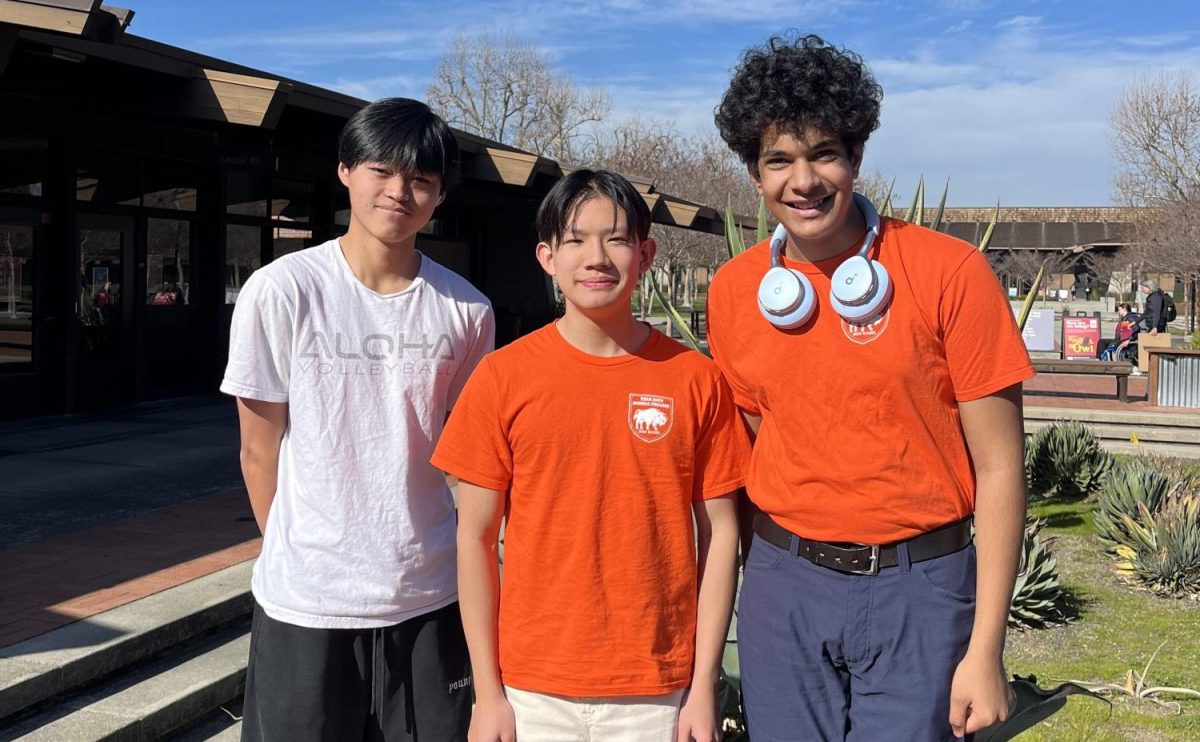
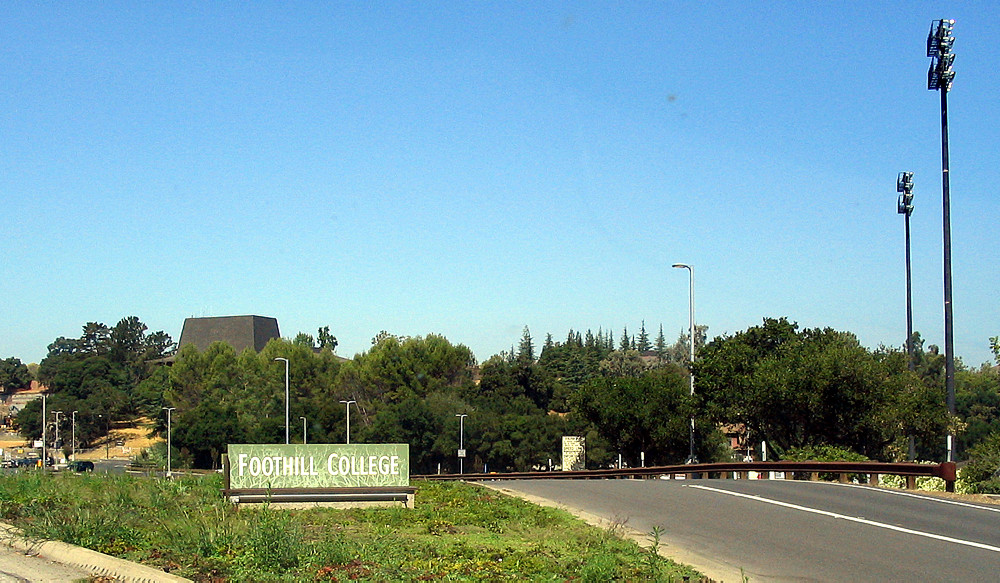





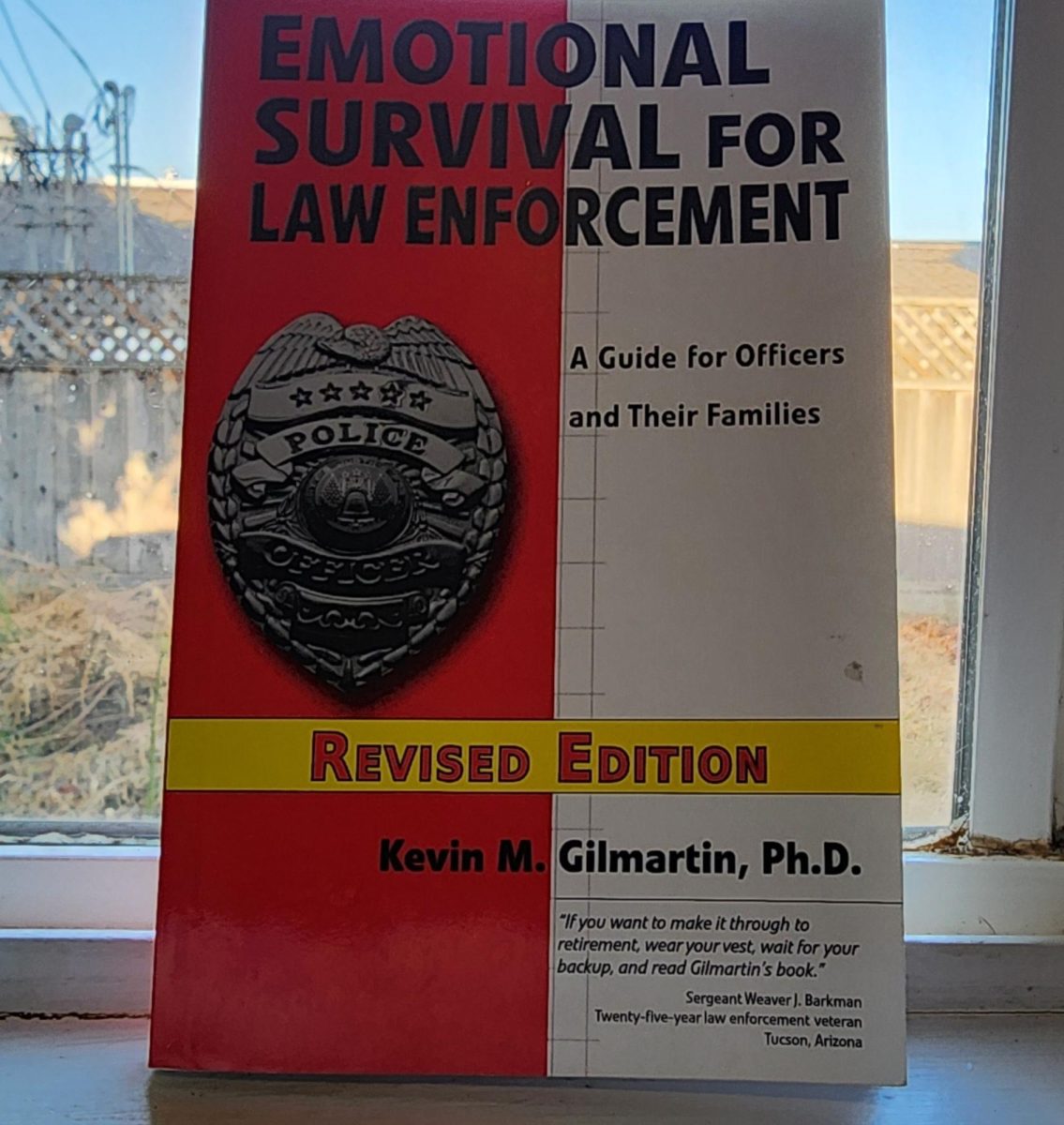






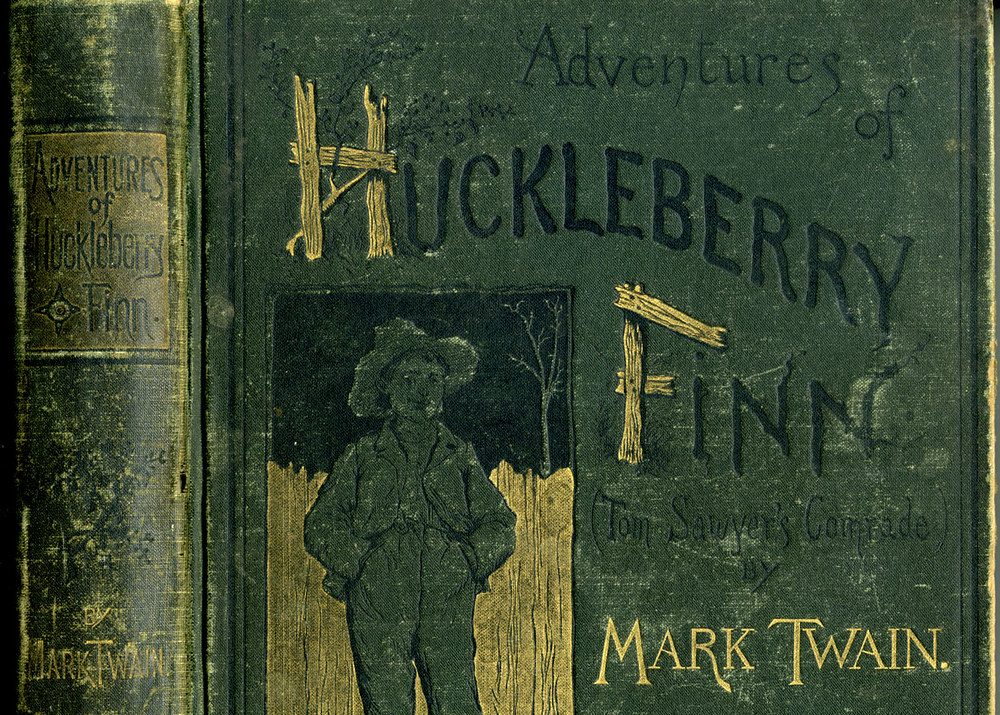
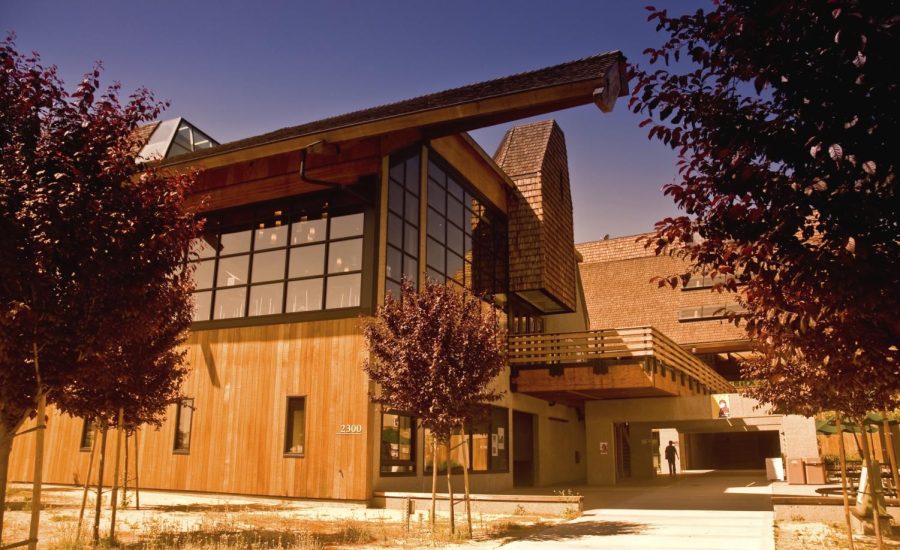






















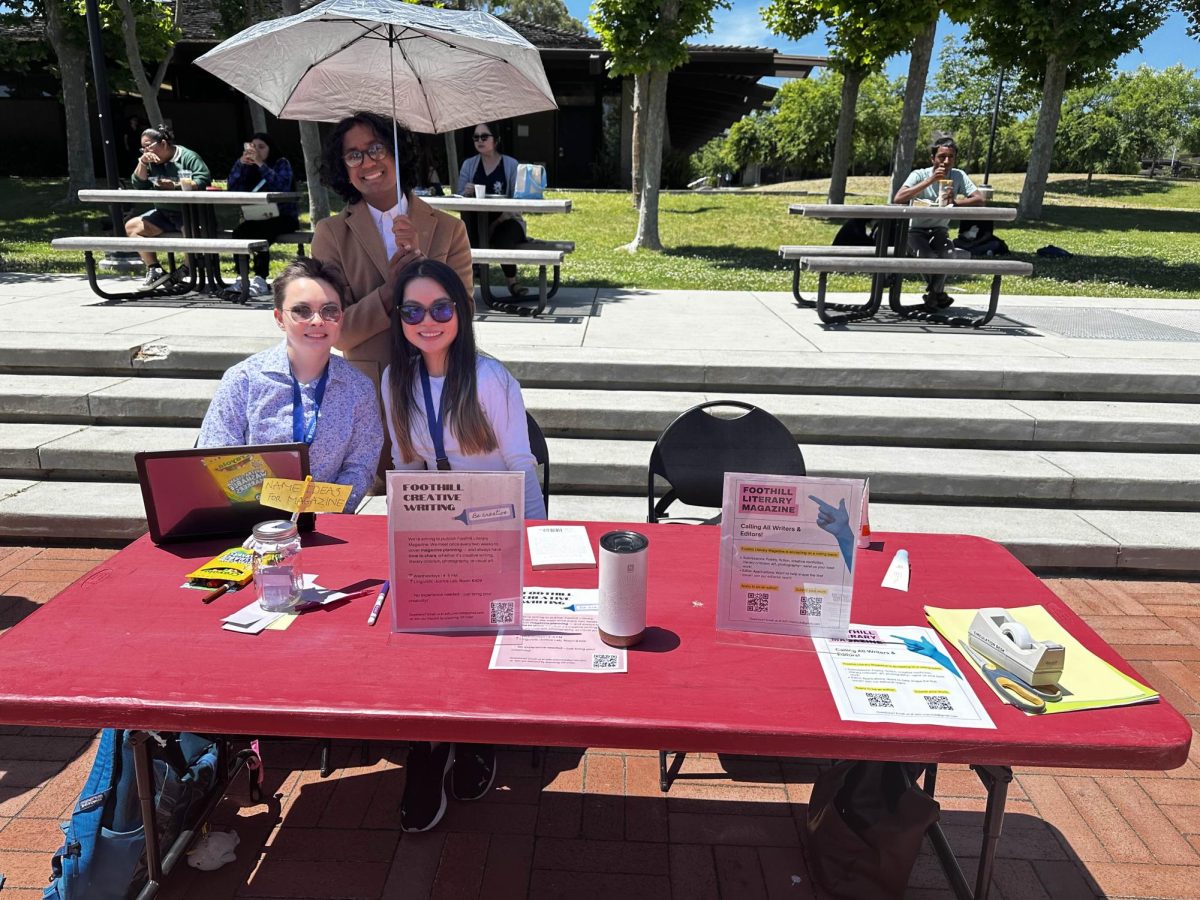


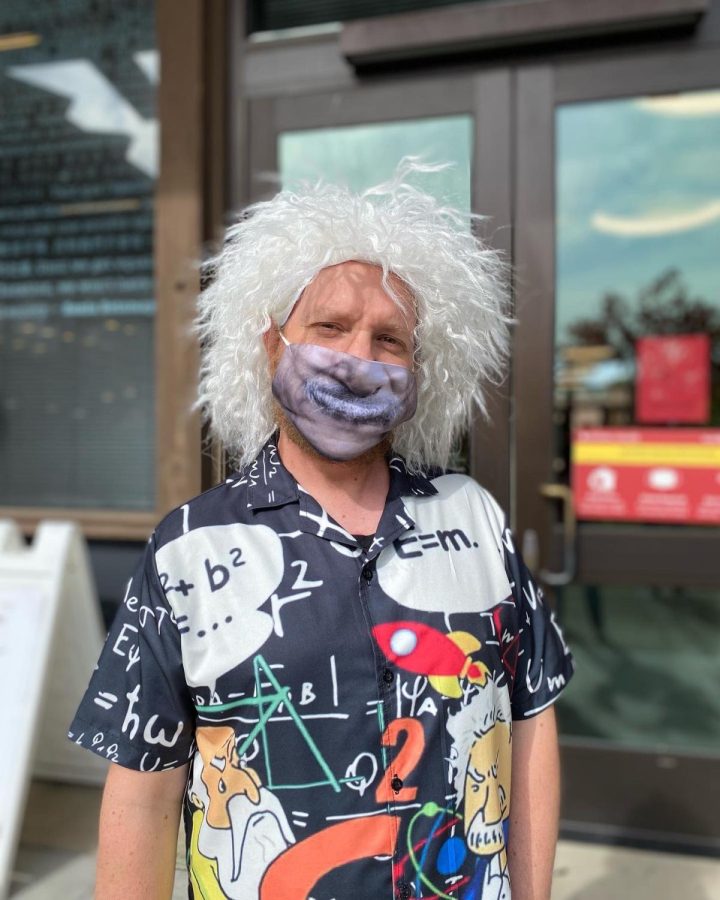











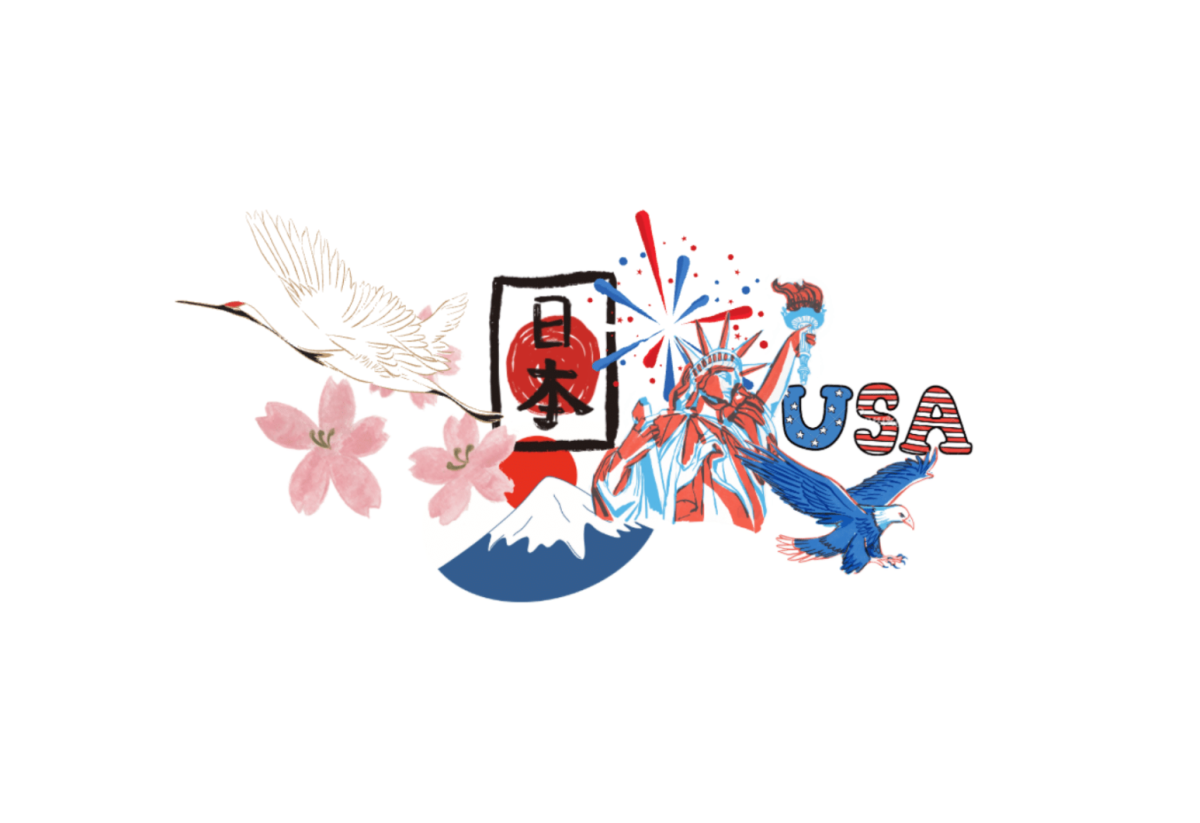





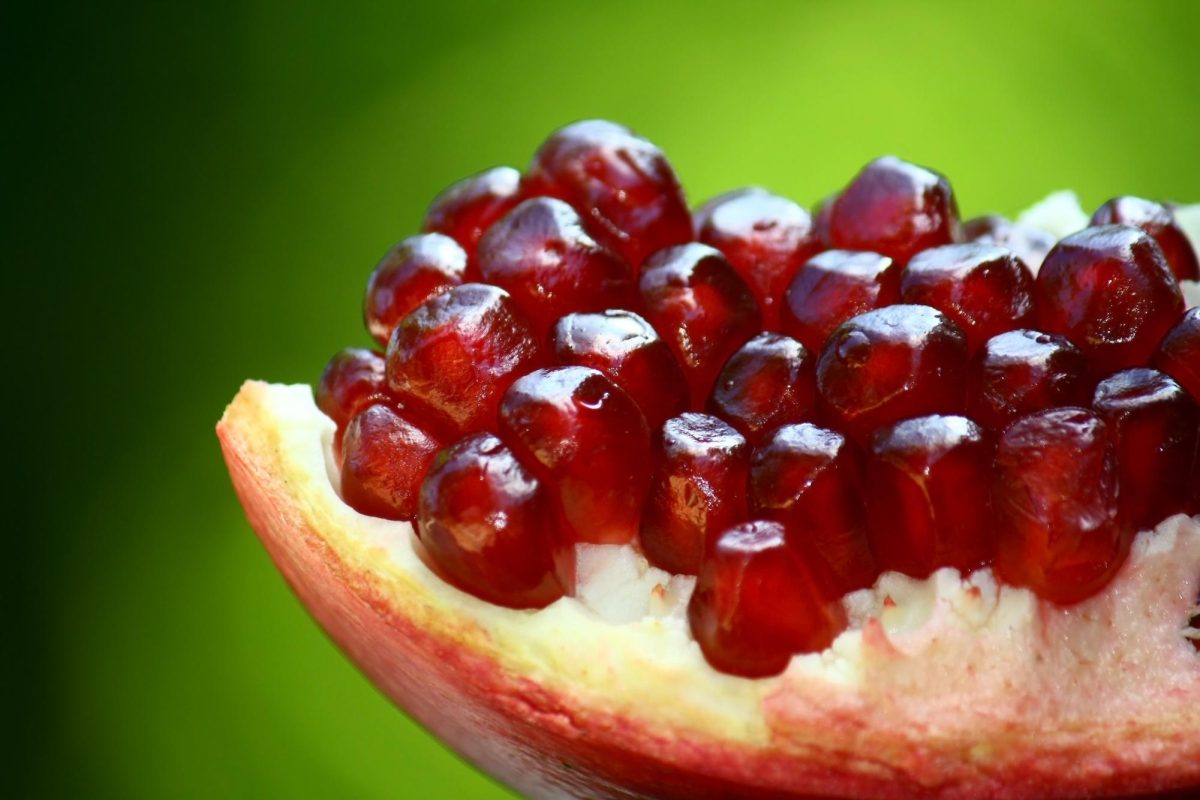






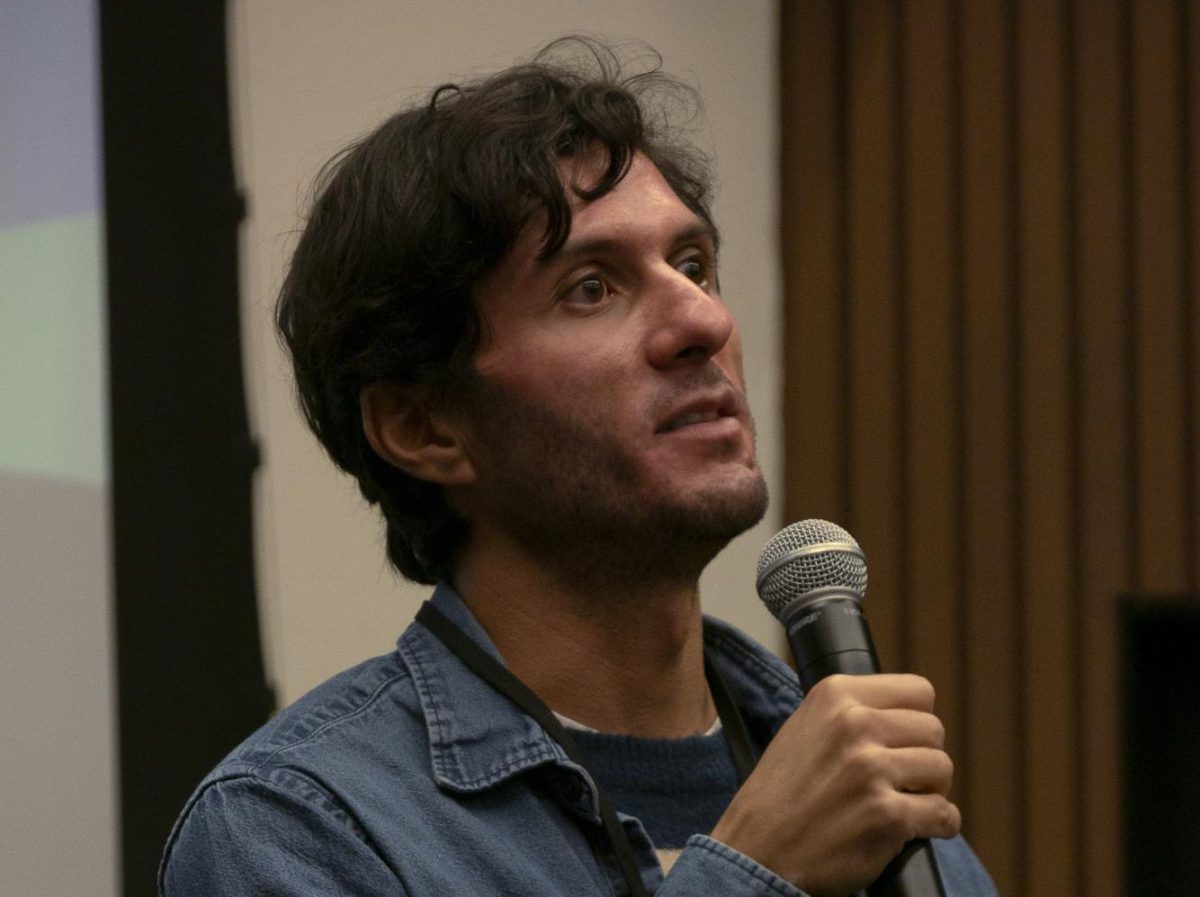
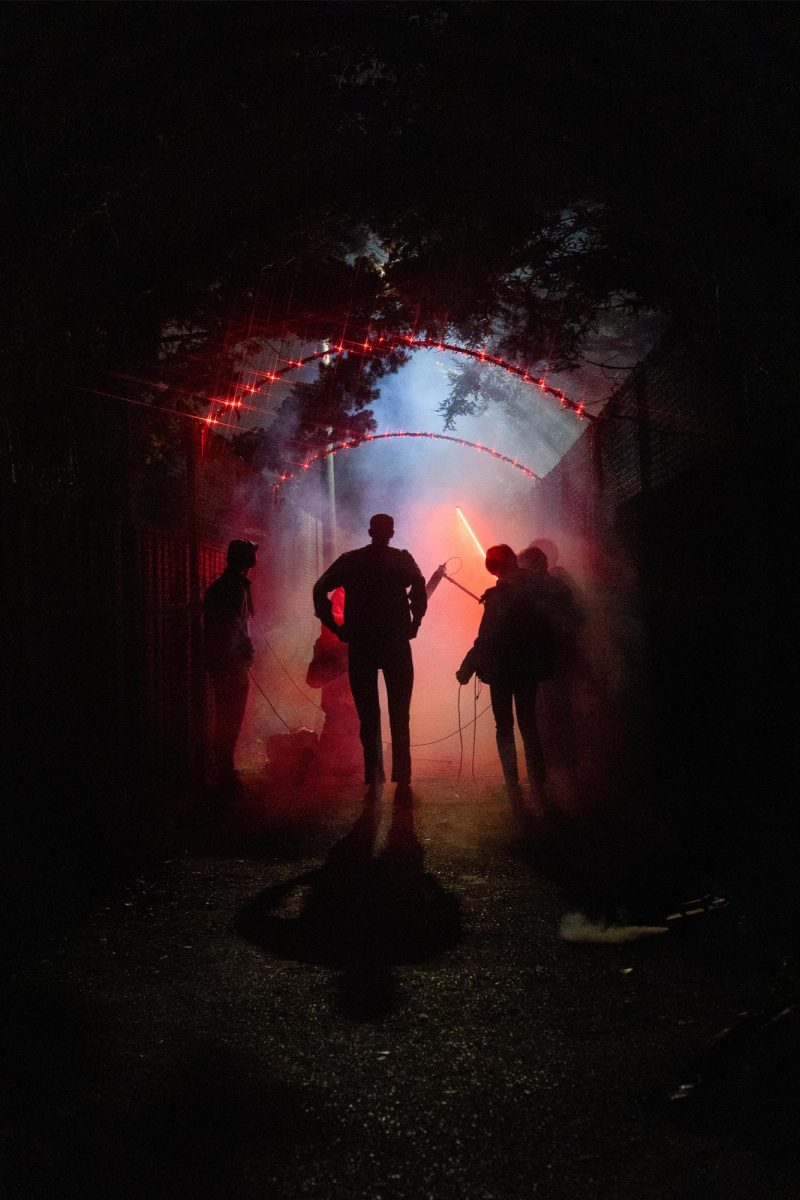

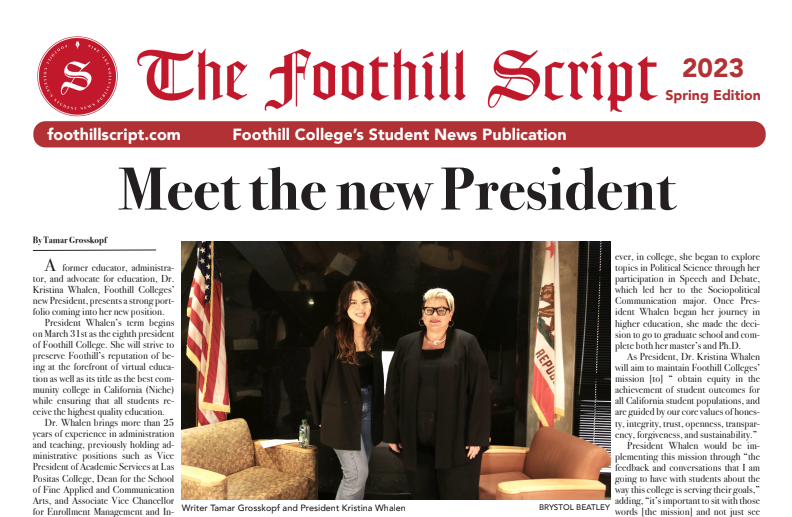


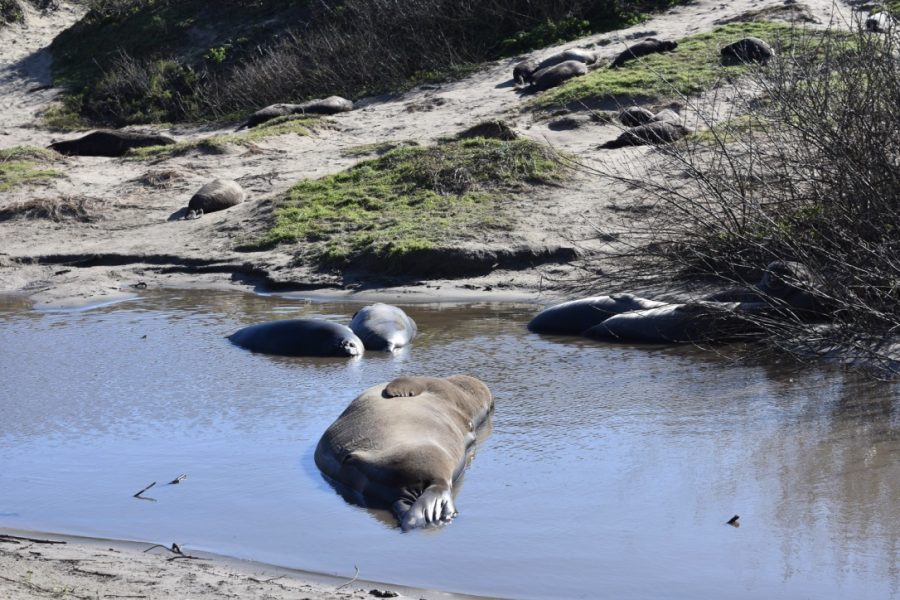
Carolina Arteaga
Oct 9, 2017 at 1:08 pm
Dear Tal Faintuch,
What intrigued me about your article to start off with was your title. Referring to the seals as “survivors” made your argument even stronger. I have a strong passion for animal rights and will always advocate for them. America pollutes so much everyday and we are endangering the lives of many animals because of it. Climate change is literally killing animals constantly and the fact that these Elephant Seals were declared extinct, and then made a comeback is unbelievable. Despite them not being able to have shelter or food, but still came back and survived is beyond me. I, a human, would probably not survive and if I did it would only be because of the help from other humans. In their situation, they do not have other seals, a government, or charities to help them out with food or shelter. You visited the park and saw the seals back in April of this year, I would want to read about how they are doing now at the end of the year. Just a simple update about them would be great. Also, I enjoyed your writing style because it was easy to understand and follow through. The fun facts you provided at the beginning really open your eyes and inform you about what Elephant Seals are capable of. I would be interested in reading more about animal rights and about animals who survive extinction.
Thank you for your time.
From your local schoolmate, Carolina Arteaga